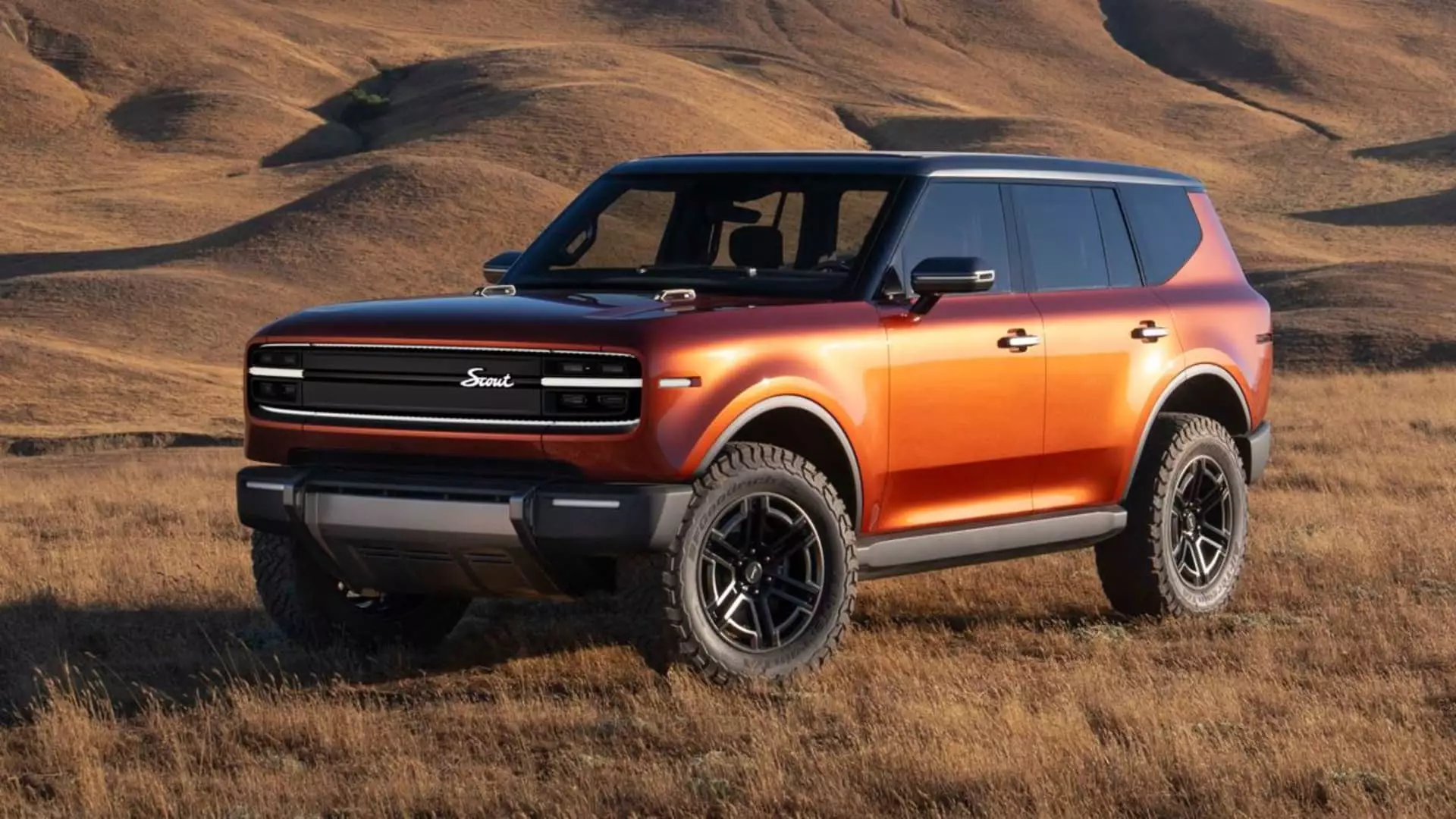Scout Motors, a name that once resonated in the American automotive landscape from 1961 to 1980, is making a compelling comeback under the auspices of Volkswagen. This venture isn’t just a nostalgic nod to the past; it represents a strategic pivot in response to the evolving dynamics of the electric vehicle (EV) market. The company’s recent unveiling of its first electric vehicles accentuates an ambitious plan for expansion that includes not only EVs but also extended-range electric vehicles (EREVs).
Initially, Scout was set to exclusively focus on fully electric offerings, a direction in sync with Volkswagen’s objective to augment its market share in the U.S. However, a cautious evaluation of consumer demand for EVs and the associated operational costs prompted a reconsideration of this strategy. Scout CEO, Scott Keogh, articulated this adaptive approach succinctly, emphasizing the agility of startups in today’s fast-paced automotive environment.
Extended-range electric vehicles integrate the technology of both electric and traditional internal combustion engines, allowing for flexibility in energy usage. When an EV’s battery approaches depletion, the internal combustion engine activates to sustain electric power rather than solely relying on battery resources. This hybrid approach enables manufacturers like Scout to create vehicles that can maintain electric performance while offering consumers the reassurance of traditional fuel sources.
“Electrification is the future,” Keogh stated, highlighting this dual-approach strategy. By introducing EREVs, Scout is not merely cushioning its entry into the market; it’s providing a pragmatic solution to cater to varying consumer preferences regarding electric mobility. The decision to incorporate this model serves a dual purpose: it protects the brand during market fluctuations while also enhancing consumer exposure to electrification.
The vision for Scout’s financial viability is ambitious yet achievable. Keogh asserted aims to achieve operational profitability within a year post the commencement of vehicle production. This target is particularly ambitious when contrasted against the backdrop of other EV startups like Rivian and Lucid, struggling to break even despite years of production. Scout’s focus on the lucrative segments of the full-size pickup and large SUV market illustrates a well-calibrated business strategy aimed at capitalizing on some of the highest profit margins in the automotive industry.
Scout plans to produce its vehicles at a destined $2 billion plant in South Carolina, expected to have a significant output of 200,000 units. The company intends to leverage Volkswagen’s existing joint ventures for battery manufacturing, mitigating some of the financial pressures associated with the most costly aspect of electric vehicle production. This strategic alignment is key to sustaining competitive pricing while ensuring product availability.
In a departure from traditional automotive dealership models, Scout is embracing a direct-to-consumer sales approach. By eliminating the dealership intermediary, Scout can foster a more personalized purchasing experience while potentially reducing overall costs for consumers. Reservations for the forthcoming models, including the Traveler SUV and Terra pickup, are already being accepted online. Positioned in the price range of $50,000 to $60,000, these initial offerings aim to attract early adopters and establish the brand’s foothold in the market.
As the first releases approach, Scout’s models are designed not just for functionality but for modern aesthetics as well. The incorporation of large screen interfaces and chic interiors caters to a tech-savvy audience. Thus, the revived Scout brand is set not merely to perform but also to please in terms of user experience and design.
The electric truck market, while still burgeoning, has not been without its challenges. Despite significant interest, manufacturers like Ford and General Motors have grappled with sales volatility post-launch. The rush to release electric models has transformed the initial enthusiasm into a landscape marked by heavy incentives and competitive pricing.
Scout’s entry into this field is timely, as the company seeks to differentiate through its unique blend of brand heritage, innovative technology, and attractive pricing. Keogh remains optimistic about the market’s future, recognizing that sustained innovation and strategic differentiation are crucial for standing out in a crowded field.
As Scout Motors prepares to launch its inaugural vehicles, it not only aims to revive a classic brand but also to pave a compelling path for sustainable transportation. Through this adaptive strategy, the company aims to capture the hearts of consumers while contributing meaningfully to the broader shift toward electric mobility. The future of Scout holds promise, and its approach may well set the standard for emerging automotive brands in the electrified era.

